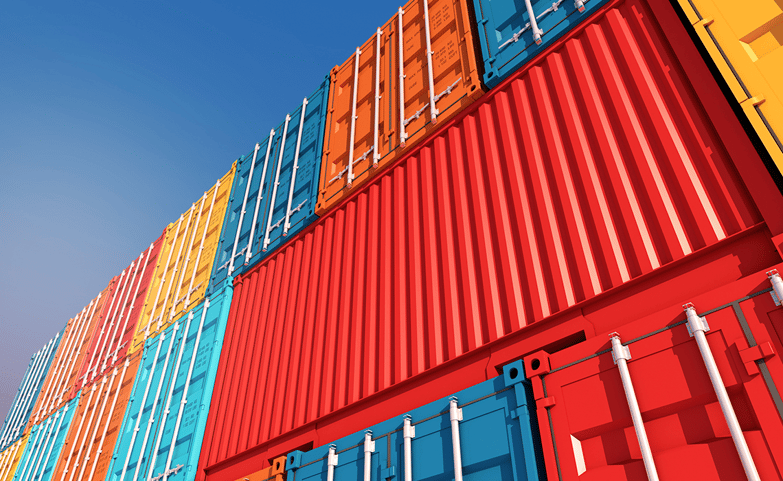What is localization?
In short, localization is the process of customizing content to fit a specific area or market, and translation is one of its essential components.1 Hand in hand, they are about language and cultural accessibility, which are a must for market expansion and growth, especially for e-commerce. According to business.com,2 every year new markets are emerging around the globe, with the following being the top 10 largest e-commerce markets:
- China: $672 billion
- USA: $340 billion
- United Kingdom: $99 billion
- Japan: $79 billion
- Germany: $73 billion
- France: $43 billion
- South Korea: $37 billion
- Canada: $30 billion
- Russia: $20 billion
- Brazil: $19 billion
Investing in these markets can be lucrative, however businesses must realize that, other global markets are fast developing, in parallel, and will start getting its share of the market. In fact, it has already started with the US’s global share of e-commerce market sales decreasing from 20.2% in 2015 to 16.9% by 2020.3
If consumers can’t read it, they won’t buy it
Practically no one is interested in the content they don’t understand. Consumers simply do not waste time on communication that was obviously not intended for them. Hence, the importance of translation.
What is translation?
Translation is the restatement or conversion of content from one language to another. Its importance and relevance was highlighted in a CSA study of 10 non-English speaking countries in Europe, Asia and South America, which revealed that 75% of shoppers prefer to buy products in their native language. On top of that, 60% rarely or never buy from English-only websites.4 Furthermore, out of 7.5 billion people in the world, only about 20% speak English.5 These glaring numbers call for businesses to make their content and product information available in languages that their markets speak, as failure to do so will have costly consequences.
Take HSBC Bank’s translation blunder for example. Presently, they’re known for their tagline “The world’s private bank,” a fitting description for the world’s sixth-largest bank. This was not always the case, however, as back in 2009, they spent millions of dollars for their “Assume nothing” campaign—only to spend $10 million dollars and years more with rebranding—as it translated in many countries as “Do nothing.”6
What does localization entail?
If language is to be translated, culture must be transmitted properly as well, especially for appropriateness, relevance and relatability. Other factors in the localization process include:7
- Product assortment. Different demographics have different preferences and needs. For example, a fashion retailer may offer cotton shirts and khakis in warm-weather stores while selling fleece jackets in cold-weather ones.
- Currency. Money conversion, for any global shop, should be seamless, since not all consumers or shoppers can convert money on the spot. According to PayMotion, 13% of shoppers will abandon their cart if the price is in a foreign currency.
- Payment methods. There are preferred payment methods per country. In Russia, for example, it’s QIWI, a type of e-wallet, and in South Africa, consumers use major card brands such as Visa, Mastercard and AMEX.9
- Product images. Images/photographs must reflect and speak to the local population. Each culture holds certain characteristics as significant or offensive — and knowing the difference can make or break a business.
Coca-Cola’s 2013 “Share a Coke” campaign was an example of localization done well. Originally launched in Australia, Coke replaced the logo on the label of the bottles to “Share a Coke with (Name).” It was so successful that it was rolled it out internationally. But although buying a coke for someone with their name on the bottle is a masterclass in personalization, it was not applicable in countries like China—where it’s impolite to address people by their first name. That’s why Coke, used generic and polite terms such as “close friend” and “classmate” instead of printing someone’s surname plus their honorific title on the label.10
Main challenges of localization today
Localization can be costly and time-consuming. Its cost generally varies depending on the language, file format, graphics and a whole lot of other elements. For instance, the average charge for translation is around $0.20 per word (enterprise-level) and $0.08 per word (lower-end).11
Localization is typically done in-house or via agencies and performed by humans alone or done through machine translation (MT). The former would find it difficult to cope if presented with volumes of content to translate, and the latter may not produce 100% accurate results. The ideal solution may be a combination of both, with machines taking care of volume and humans ensuring language fidelity.
Where to start?
To ensure proper localization, it’s important for organizations to incorporate it into their processes. However, this can be easier said than done. Organizations have to take into account the cost of doing localization themselves or outsourcing it to external agencies.
Furthermore, it’s key to explore what tools can aid with localization, for example by automating processes such as translation or getting a more comprehensive solution such as a Product Information Management (PIM) system, which can streamline the translation and internationalization processes.
Sources:
1 https://www.gala-global.org/knowledge-center/about-the-industry/language-services
2 https://www.business.com/articles/10-of-the-largest-ecommerce-markets-in-the-world-b/
3 https://kinsta.com/blog/ecommerce-statistics/
5 https://www.babbel.com/en/magazine/how-many-people-speak-english-and-where-is-it-spoken
6 https://www.business2community.com/strategy/adventures-mistranslation-hsbcs-call-nothing-0688853
7 https://www.smartling.com/resources/101/localization-101-what-is-it-and-why-its-important/
9 https://www.ltvplus.com/globalization/what-is-localization/
10 https://translit.com/the-five-best-examples-of-localisation/
11 https://www.daytranslations.com/blog/cost-of-localization/




